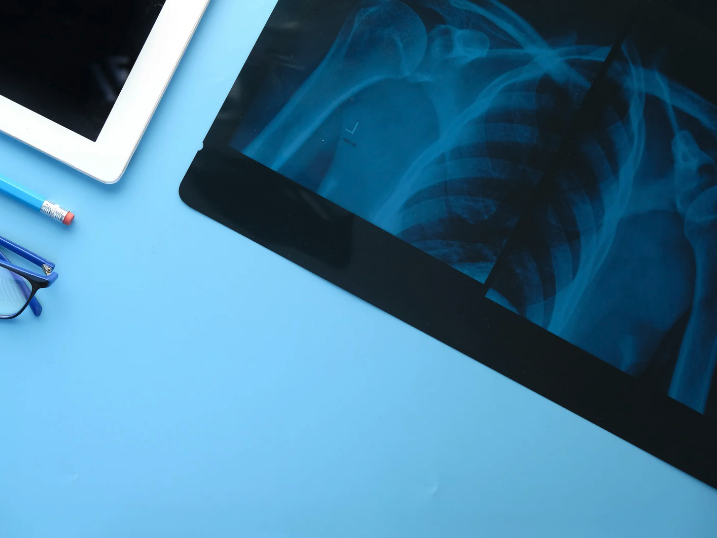
Broken bones are one of the most common injuries sustained by accident victims. Whether a broken arm, leg, collarbone, or some other kind of fracture, how well a broken bone heals depends on a number of factors, including the severity and type of the break, the health of the accident victim, and the method of treatment. A lot more patients have issues when it comes to healing a broken bone than most people realize. In fact, according to the American Academy of Orthopaedic Surgeons (AAOS), of the six million people who break a bone in the U.S. every year, an estimated 20 percent will encounter problems during the healing process.
These kinds of problems can leave accident victims to foot the bill for ongoing treatment and therapies long after their original treatment has concluded. Fortunately, injured parties who, with the help of an experienced Florida broken bone lawyer, can prove that someone else’s negligence caused their accident, could be entitled to both past and future accident-related medical expenses.
Malunion and Nonunion Fractures
A malunion fracture occurs when a fractured bone heals, but in an abnormal position. This can result in impaired function in the limb or bone. A nonunion fracture, on the other hand, occurs when a fractured bone fails to heal at all, despite the passage of an extended period of time. Malunion and nonunion fractures can result in permanent disability, limiting mobility and leaving an accident victim to suffer from chronic pain. Fortunately, there are things that patients can look out for to prevent these kinds of fractures from going untreated for months or even years.
Keep an Eye Out for These 3 Symptoms
Patients who suspect that their broken bone may not be healing as expected should remain vigilant for three signs, all of which could be evidence of a malunion or nonunion fracture. These include:
- Pain at the site of the broken bone, even after months of supposed healing;
- Deformity, such as a bend or curve to the bone; and
- Impaired use or function, such as an inability to support one’s weight.
These are clear warning signs that something isn’t going right with a victim’s healing process. Once diagnosed, a surgeon or physician can attempt to repair the problem, but will first need to assess:
- Whether the bone is infected
- The adequacy of the patient’s blood supply;
- The bone’s stability, or the way the fracture was stabilized (i.e. cast, brace, a rod, or plates and screws etc); and
- The patient’s own biology, such as whether he or she has the proper levels of Vitamin D and calcium.
Basically, before a physician can repair a malunion or nonunion fracture, he or she will need to discover why the bone isn’t healing in the first place. This can be an expensive endeavor, making it especially important for accident victims to seek compensation from the at-fault parties who caused their injury.
Available to Answer Your Questions and Concerns 24 Hours a Day
To speak with an experienced Florida broken bone lawyer about your recovery options following a serious accident, please call Dolan Dobrinsky Rosenblum Bluestein at 305-371-2692 today or contact us online.